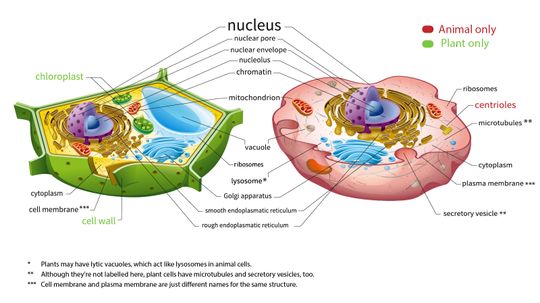Table of Contents
Hey y’all! Get ready to dive into the wild world of plant and animal cells. Buckle up, ’cause we’re about to break it down for you in a way that’ll make your head spin faster than a roller coaster at Kennywood!
The Lowdown on Plant Cells
Alright, let’s start with those green machines known as plant cells. These bad boys are like little powerhouses, packed with all sorts of goodies. They’ve got this thing called a cell wall that gives them extra support and protection – think of it like a superhero suit made outta bricks.
But wait, there’s more! Inside these plant cells, you’ll find some tiny green factories called chloroplasts. These guys are responsible for photosynthesis – they turn sunlight into food for the plants. Talk about being self-sufficient!
And get this: plant cells have big ol’ vacuoles too. It’s like having your own personal storage unit where you can stash all your snacks (or whatever else floats your boat). No wonder plants can survive without constantly munching on something!
The Scoop on Animal Cells
Now let’s shift gears and talk about animal cells – they’re quite different from their leafy counterparts! Animal cells don’t have that fancy cell wall like plants do; instead, they rock this flexible outer layer called the cell membrane.
You won’t find any chloroplasts in these critters either – nope, animals gotta rely on other sources for their grub. But fear not! They’ve got mitochondria to save the day. These little powerhouses produce energy so animals can keep doing their thing.
Animal cells also have smaller vacuoles compared to plants. It’s like they’re always on the go, so they don’t need as much storage space for their snacks. They prefer a grab-and-go lifestyle!
The Verdict
So there you have it, folks! Plant and animal cells may seem similar at first glance, but when you take a closer look, they’ve got some major differences going on.
Plants are all about that cell wall and chloroplast action – they’re like the Hulk meets Superman of the cellular world. Animals, on the other hand, rely on their flexible cell membrane and mitochondria to keep them going strong.
Next time you’re out in nature or studying biology (or maybe just watching a superhero movie), remember these key distinctions between plant and animal cells. It’ll make you appreciate the incredible diversity of life even more!




